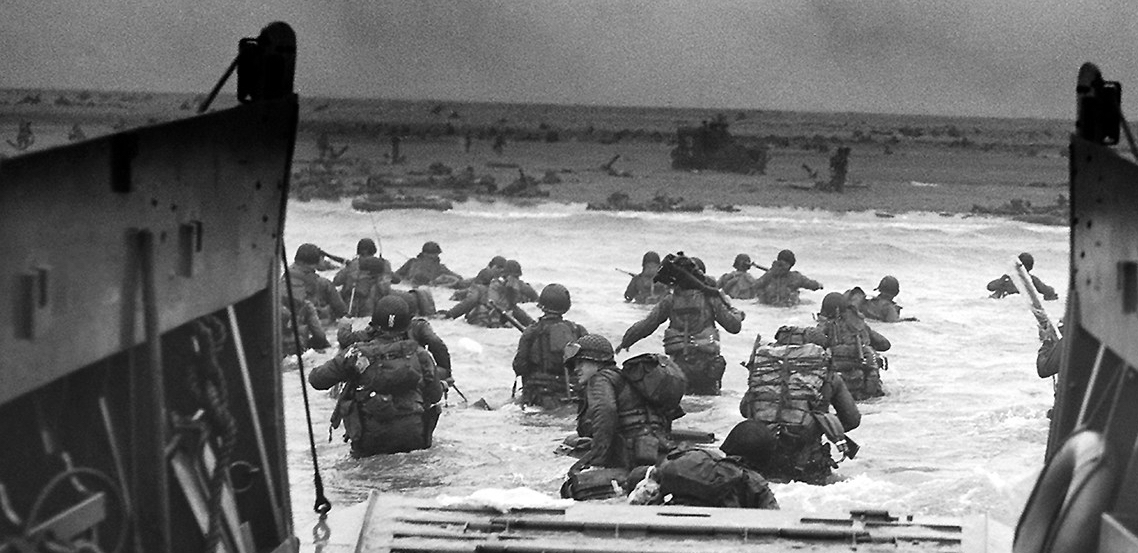
American Soldiers and Marines fought across all kinds of terrain during the Vietnam War, from mountain peaks to urban sprawl. Although rice paddies were but one landscape in-country, they serve as a powerful and evocative symbol of the conflict.
David Lavender painted Always the Rices Paddies as a member of Combat Art Team II, deployed to Vietnam from October 1966 to February 1967. He accompanied the Grunts of 4/31 Infantry, 196th Light Infantry Brigade during Operation Attleboro and captured this scene that occurred on 17-18 November 1966.

…amid the mud and the dust and the mosquitoes and the blood and the dead and the dying, the grunts—it was a proud name they had chosen (from the grunting sounds made by foot soldiers under heavy field packs)—were still getting their arms and their legs blown off.
In his dictionary on Vietnam-era jargon Grunt Slang in Vietnam, combat veteran Gordon Rottman described rice paddies from the Soldier’s perspective:
Rice paddies were the bane of infantrymen. They covered wide areas, having to be crossed while exposed to enemy observation and fire. When dry they were rock-hard and dusty. When flooded, they were up to a foot deep of water afloat with fertilizing human excrement. There could be several inches of mud to drag the feet.

In the tactical sense, rice paddies gave the enemy many advantages. Viet Cong guerrillas and NVA regulars had the luxury of choosing the time and place of battle. In many cases, the enemy built fortified positions, almost always on the edge of woodlines with excellent fields of fire. Into this killing ground, American units advanced on their patrols.
In an article for Medium.com, a Vietnam veteran of the 1st Cavalry Division described a long night in 1969 during with he and his buddies were pinned down in a flooded paddy:
Six men crawl through the rice paddy fields just outside a Vietnamese village, their surroundings only briefly illuminated by the occasional signal flare drifting down under a parachute. Throughout the night artillery rounds whizzed overhead and thumped into the muddy berms providing cover as the young soldiers held their positions, partially submerged in leech-infested waters for hours.


Never forget, Mark
